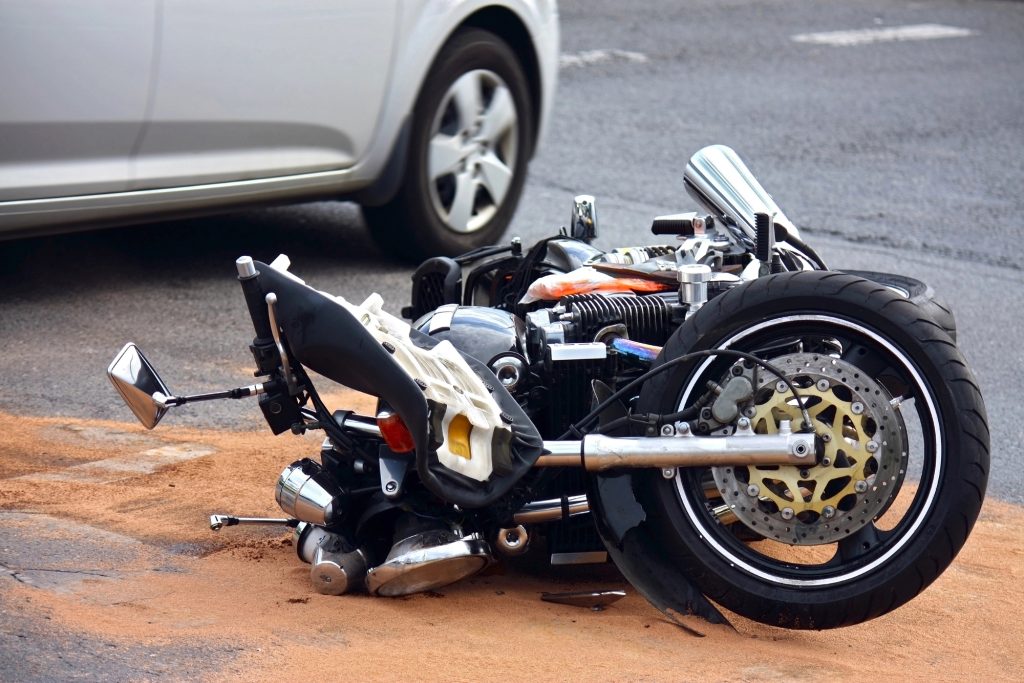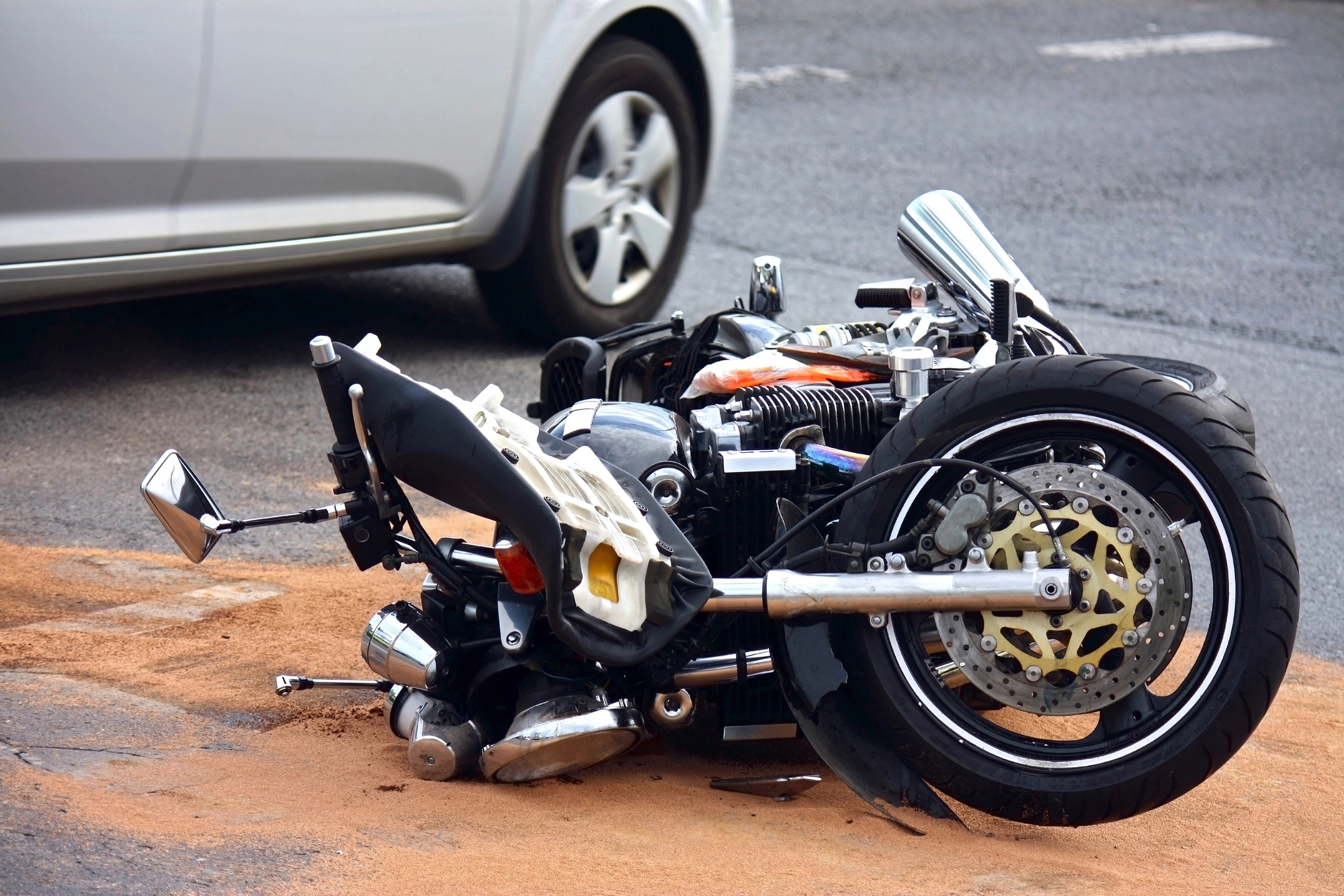

**Vital Information on Motorcycle Accident Responsibility for Riders**
Motorcycle accidents may be catastrophic, frequently leading to severe injuries or deaths. It is vital for riders to comprehend responsibility in these incidents to safeguard their rights and guarantee they acquire suitable compensation. Here’s an all-encompassing guide on motorcycle accident responsibility for riders.
**1. Comprehending Responsibility in Motorcycle Accidents**
Responsibility denotes the legal obligation for the accident and the resulting damages. In motorcycle incidents, establishing responsibility is critical for determining who will bear the costs of medical bills, property damage, and other losses.
**2. Frequent Causes of Motorcycle Accidents**
– **Driver Carelessness:** This is the leading cause of motorcycle accidents. It encompasses inattentive driving, excessive speed, failure to yield, and driving while impaired.
– **Road Dangers:** Poorly maintained roadways, debris, and inclement weather can lead to accidents.
– **Vehicle Malfunctions:** Mechanical breakdowns due to manufacturing flaws can result in accidents.
– **Visibility Issues:** Motorcycles are smaller and less noticeable than cars, raising the likelihood of accidents, especially at intersections.
**3. Assessing Fault**
– **Negligence:** To establish responsibility, it must be demonstrated that the other party was negligent. This requires proving they had a duty of care, violated that duty, and caused the accident as a result.
– **Comparative Negligence:** In certain jurisdictions, both parties might share fault. Comparative negligence statutes permit the allocation of responsibility based on each party’s level of fault.
– **Police Documents and Testimonies:** These are vital in assessing fault. Police documents provide an official record of the incident, while testimonies can offer impartial viewpoints.
**4. Insurance and Reimbursement**
– **Motorcycle Insurance:** Riders should possess sufficient insurance coverage, including liability, collision, and comprehensive coverage, to secure themselves financially.
– **Uninsured/Underinsured Motorist Protection:** This safeguards riders in the event of an accident involving a driver lacking adequate insurance.
– **Reimbursement Claims:** Riders can submit claims for medical costs, lost income, pain and suffering, and property damage.
**5. Legal Factors**
– **Statute of Limitations:** Riders need to be aware of the deadlines for initiating a lawsuit, which differ by state.
– **Legal Assistance:** Retaining a lawyer who specializes in motorcycle accidents can aid in maneuvering the intricacies of liability and maximizing compensation.
**6. Preventive Steps**
– **Protective Gear:** Utilizing helmets, gloves, and protective apparel can lessen injury severity.
– **Defensive Riding:** Staying vigilant of surroundings, keeping a safe distance, and predicting other drivers’ behaviors can avert accidents.
– **Routine Maintenance:** Maintaining the motorcycle in optimal condition can avert mechanical breakdowns.
**Conclusion**
Grasping motorcycle accident responsibility is crucial for riders to shield themselves legally and financially. By understanding the causes of accidents, how responsibility is assessed, and the significance of insurance and legal assistance, riders can more effectively manage the repercussions of an accident. Furthermore, implementing preventive measures can considerably diminish the chance of accidents.






